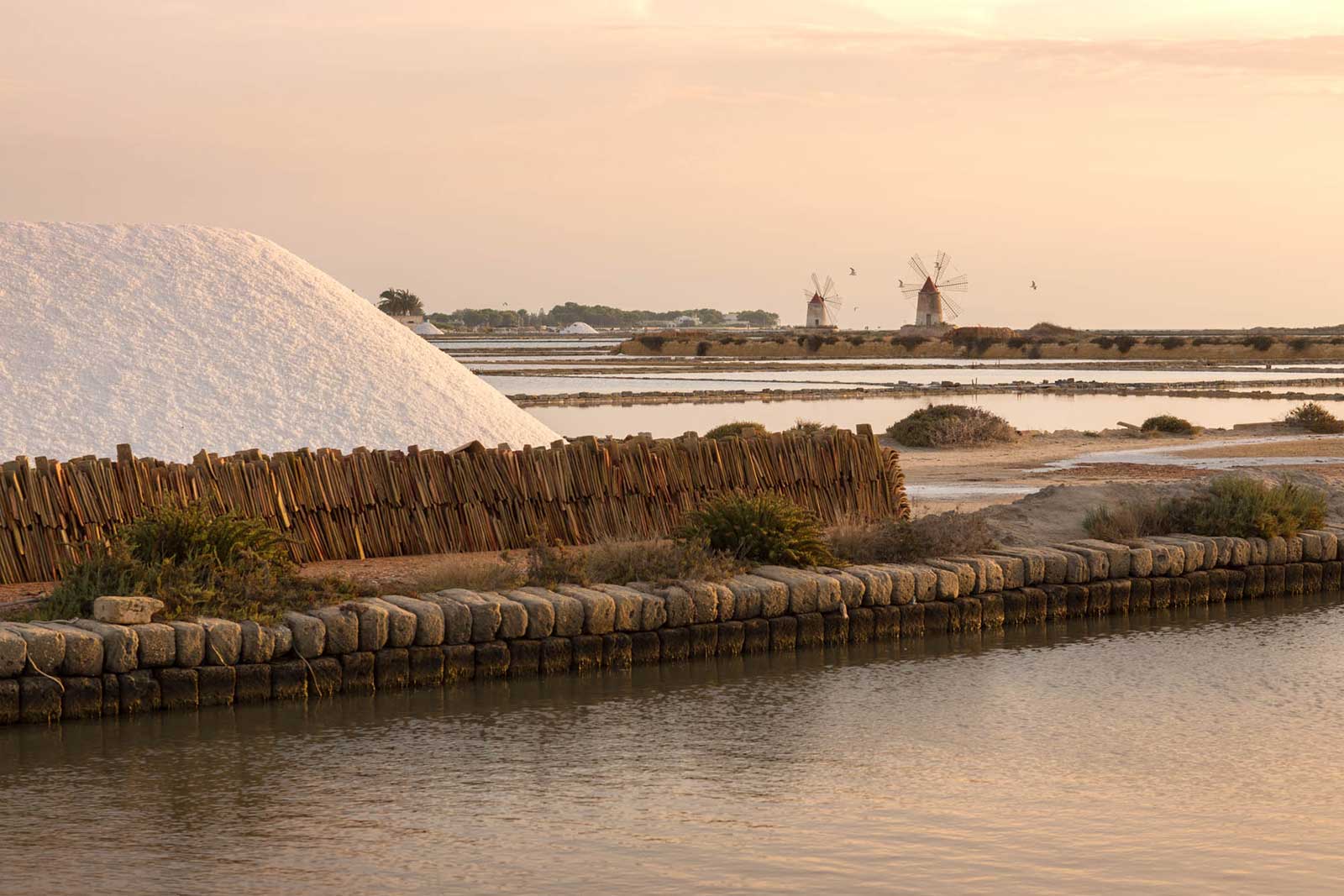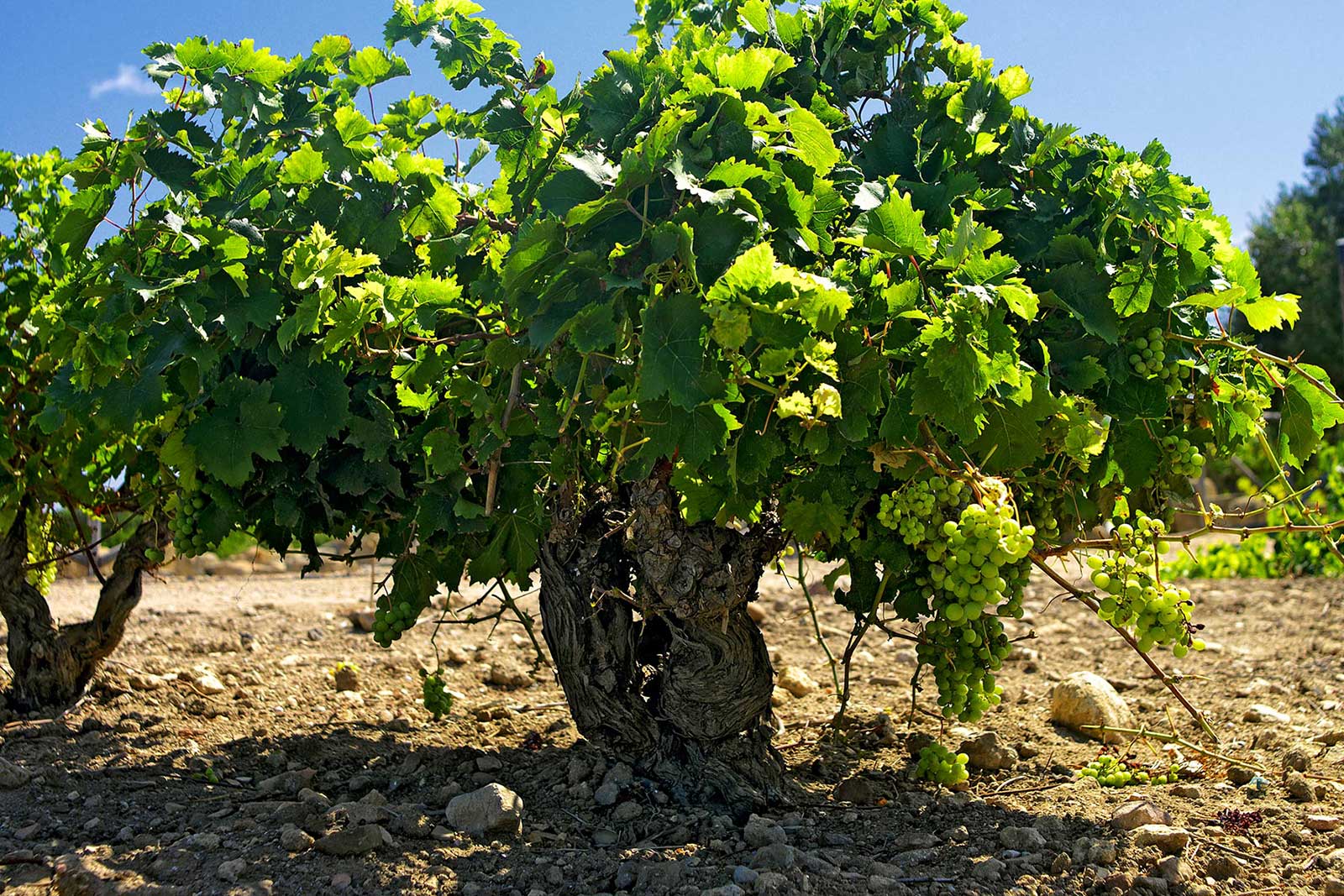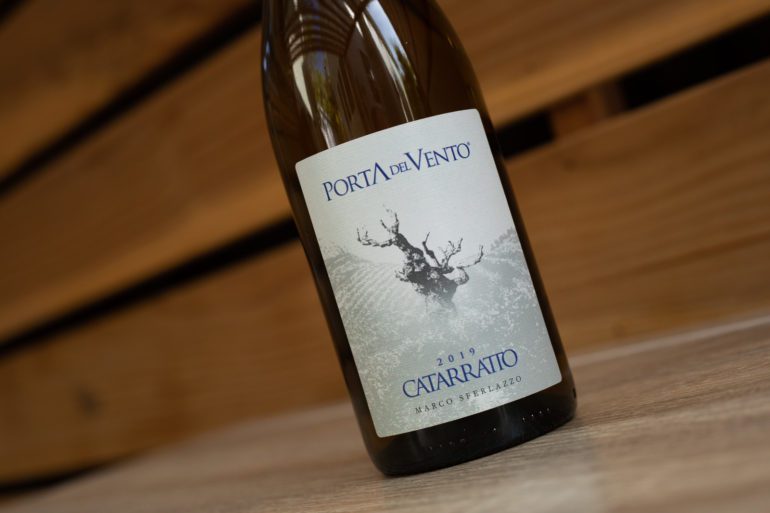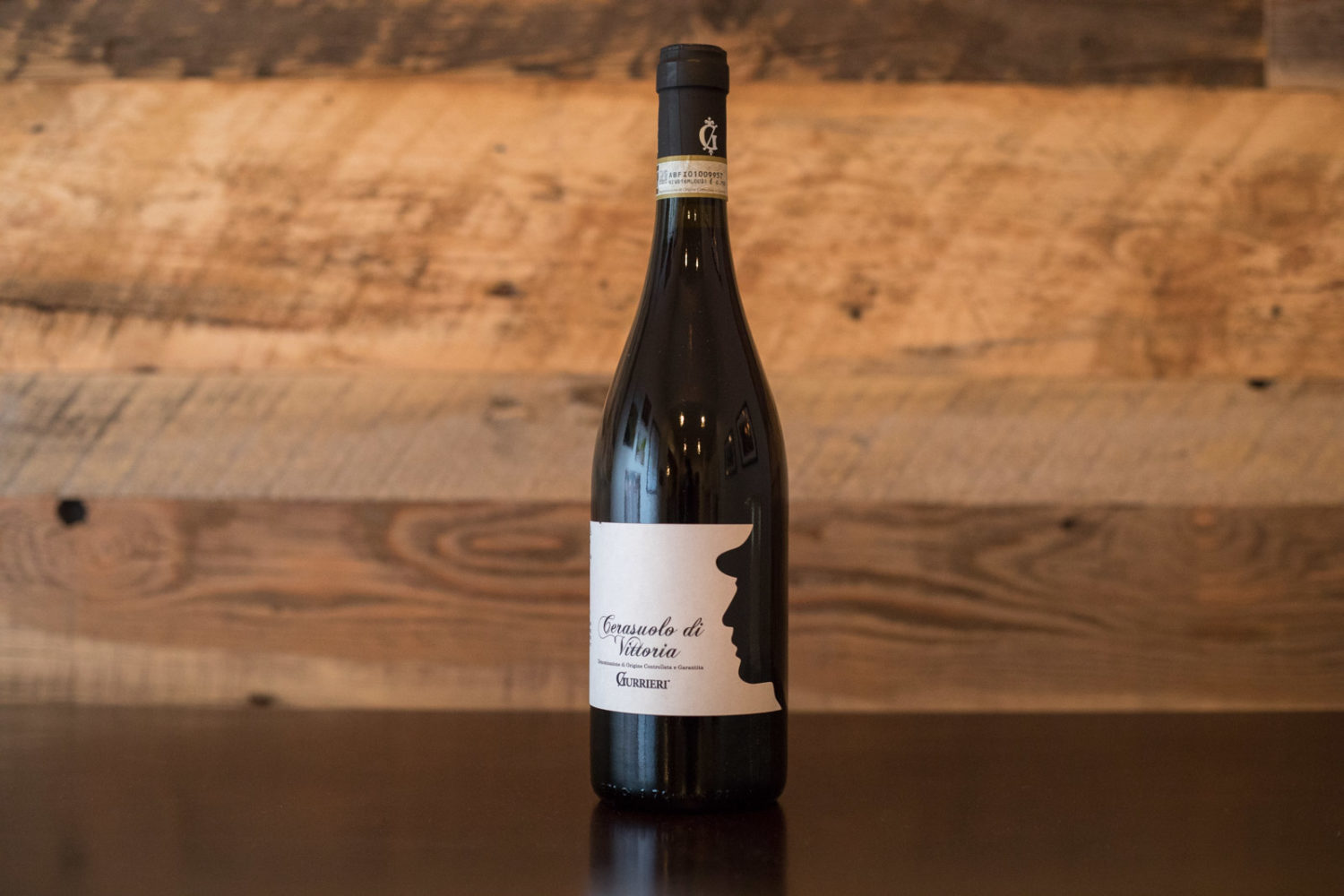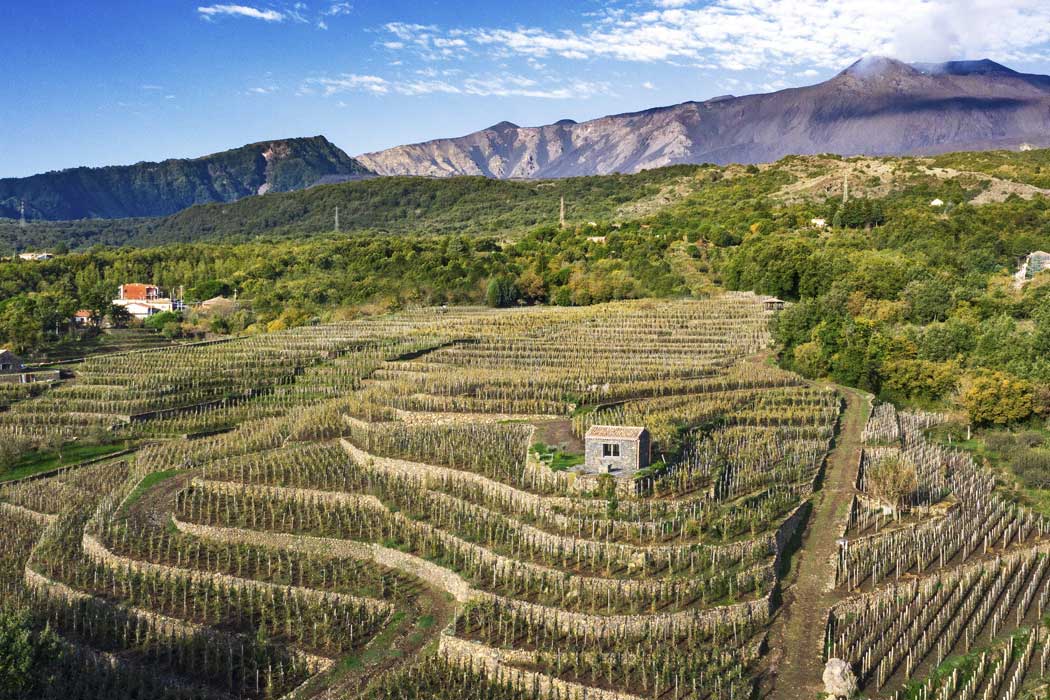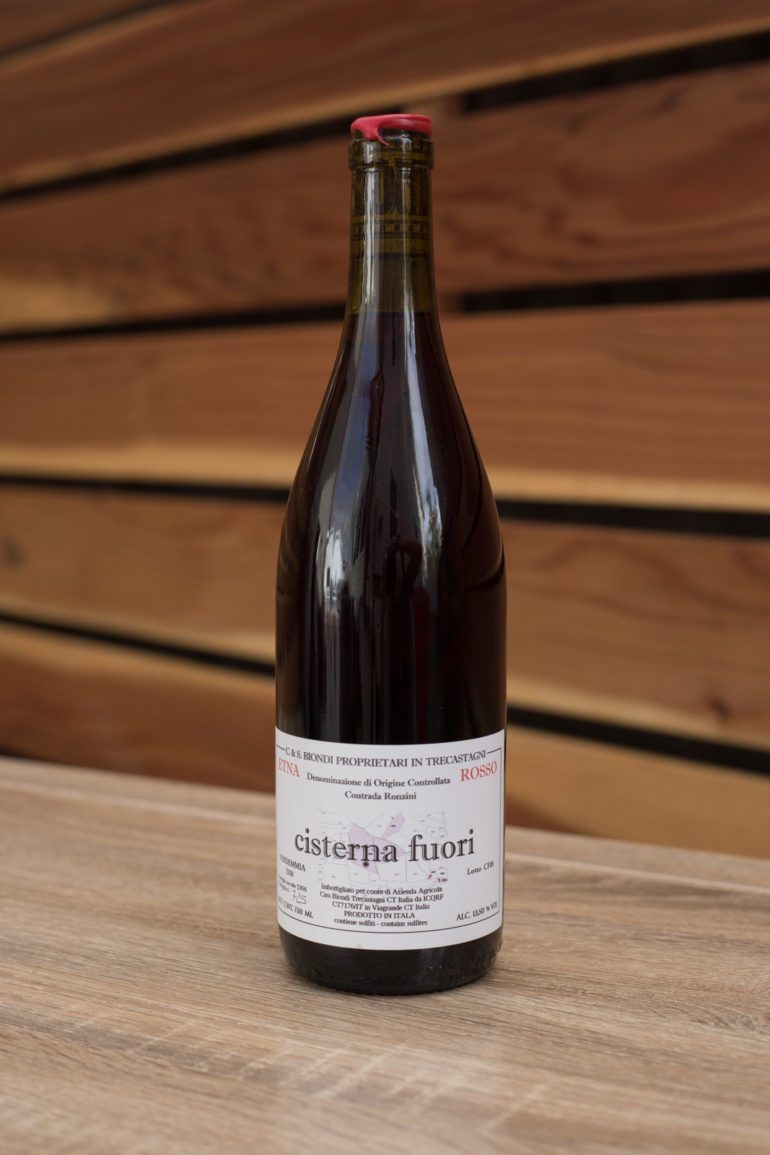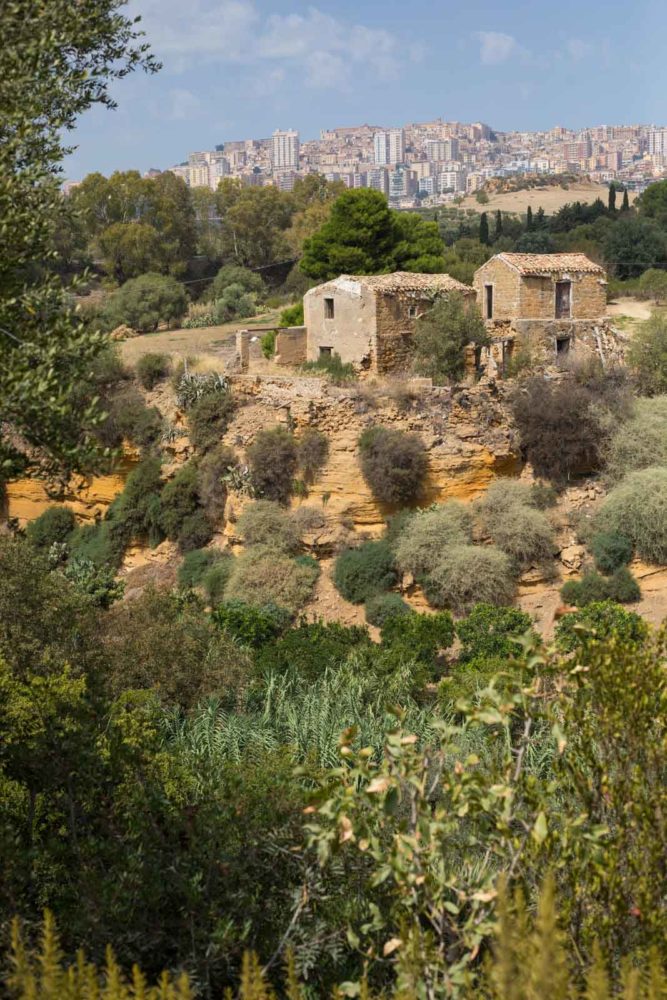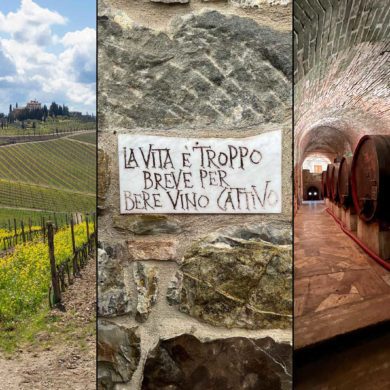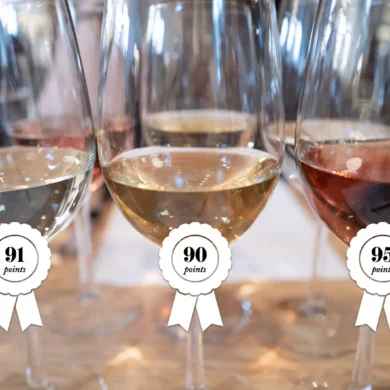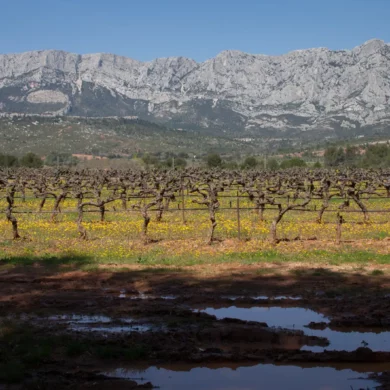Yep, we are returning to Sicily and it is all because of Season 2 of The White Lotus.
With Sicily acting as both a setting and a main character, this riveting and sumptuous drama had me day-dreaming about this island and its wine. I am not alone. According to several news outlets, travel searches for Sicily spiked heavily after the season finale. Taormina, Cefalu, Palermo and Noto all took the stage. There was even a significant scene at Planeta’s Etna winery.
But what’s the real story behind this Mediterranean island and its wines?
On Sunday, January 8 at 8pm EST / 5pm PST, we will go on a virtual journey circumnavigating the island and its wines.
Starting and ending on Mount Etna, we will explore wines made from Carricante, Grillo, Catarratto, Frappato, Nero d’Avola and the king of Sicilian wines, Nerello Mascalese. Along the way, I’ll give a shout out to Sicilian destinations featured in The White Lotus, and offer a few tips on traveling the island and enjoying Sicilian cuisine.
Filled with photographs, maps and consumer-friendly insights on wine, this high-end presentation is one you won’t want to miss if you love Italian wine. Below you will find the Zoom credentials as well as a Buyer’s Cheat Sheet on buying the wines.
Navigate This Study Guide
Buyer’s Cheat Sheet to Sicilian Wine
The session will be a 101 introduction to this vast, complex island and its wines. Remember, that you are responsible for purchasing your own wines, but use this guide below to help navigate your wine shop. Want a PDF of this to take? Download it here.
You have four options to tasting with me during this class:
- The Whole Shebang – 4 Wines
- (1) Etna Bianco/Carricante
- (1) Catarratto or Grillo
- (1) Frappato or Nero d’Avola or Cerasuolo di Vittoria
- (1) Etna Rosso/Nerello Mascalese
- Budget: $100–$175
- White Wine Discovery – 2 Wines
- (1) Etna Bianco/Carricante
- (1) Catarratto
- Budget: $50–$85
- Red Wine Discovery – 2 Wines
- (1) Frappato or Nero d’Avola or Cerasuolo di Vittoria
- (1) Etna Rosso/Nerello Mascalese
- Budget: $50–$100
- Just One Wine Please
- Etna Rosso – Of these, I think it is Sicily’s most distinctive
- Budget: $30–$55
Four wines is a lot to taste in one setting, but each of these wines will keep for several days in your refrigerator if you re-cork it. Secondly, this is the perfect occasion to have a few friends over to help you taste and discuss these wines, should you choose to have four of these wines open.
As always, you are welcome to skip a wine if you feel like it.
1 Etna Bianco or Carricante
Open time: Etna Bianco can hold together for 3–5 nights after opening if properly re-corked and chilled
For this tasting, we will start and end on the great volcano of Etna, where one of the most delicate white wines in Italy is made: Etna Bianco. However, this being the Wild West of Sicily, some Etna white wines (namely from Passopisciaro) are made from Chardonnay. These cannot be labeled as Etna Bianco, but a wine shop may be selling them as a white from Etna, which they are. We want those made from Carricante or a majority Carricante (some blending with other local white grapes is allowed on Etna). The list below includes those wines, so try to stick with these producers. If your wine shop has someone else in mind, confirm that the wine is an Etna Bianco or made from Carricante.
- Benanti Etna Bianco – $$
- Benanti “Contrada Rinazzo” Etna Bianco Superiore – $$$
- Benanti “Pietramarina” Etna Bianco Superiore – $$$$ (widely considered one of Italy’s top white wines)
- Ciro Biondi “Outis (Nessuno)” Etna Bianco – $$
- Azienda Agricola Sofia “La Vigna di Gioacchino” Terre Siciliane Bianco – $$
- I Custodi delle Vigne dell’Etna “Ante” Etna Bianco – $$
- Girolamo Russo “Nerina” Etna Bianco – $$
- Tenuta Tascante “Buonora” Etna Bianco – $
- Tenuta delle Terre Nere Etna Bianco – $
- Tenuta delle Terre Nere “Le Vigne Niche” Etna Bianco – $$
- Calabretta Carricante Bianco Siciliane – $
- Graci Etna Bianco – $$
- Planeta Etna Bianco – $
- Pietradolce Archineri Etna Bianco – $$$
1 Grillo or Catarratto
Open time: Grillo and Catarratto can hold together for 2–3 nights after opening if properly re-corked and chilled
Grillo grows everywhere on Sicily, but not all of it is great. It’s stronghold is in western Sicily where it has become the backbone of Marsala, a fortified wine with a bruised reputation, as well as easy-breezy, cheap dry whites. But when everything is dialed in, Grillo — and the various Grillo-based blends — can give Sauvignon Blanc a run for its money any night of the week. This can be a great white wine for summer or for various seafood pairings, especially in the hands of these producers. A magical pairing: Grillo + spaghetti nera (squid-ink pasta) with shrimp.
- Gurrieri Grillo Sicilia – $
- Mortelito “Calaiancu” Bianco Sicilia – $
- Gorghi Tondi “Coste e Preola” Grillo – $
- Gorghi Tondi “Kheire” Grillo – $
- CVA Canicatti “Aquilae” Grillo – $
- Tenuta Regaleali (Tasca d’Almerita) “Cavallo delle Fate” Grillo – $
- Tasca d’Almerita “Mozia” Grillo – $
- Donnafugata “SurSur” Grillo – $
- Planeta “La Segreta” Grillo – $
- Porta del Vento Catarratto – $$
- Donnafugata “Anthilia” Catarratto – $
- Feudo Montoni “Masso” Catarratto – $
1 Frappato, Nero d’Avola or Cerasuolo di Vittoria
Open time: Cerasuolo di Vittoria can hold together for 3–5 nights after opening if properly re-corked and chilled. Frappato can hold together for 2–4 nights
Wines from Southern Sicily are dominated by the black grape of Avola, better known as Nero d’Avola. Few Italian grapes have pole-vaulted more dramatically in quality over the last 20 years than Nero d’Avola, but for tonight, we are going to focus on its oddball blending partner, Frappato. When these two get together in the province of VIttoria, they form Sicily’s only DOCG-level wine (the theoretical highest appellation level in Italy), known as Cerasuolo di Vittoria. I love these wines, and think that — with a few exceptions — they’re vastly underrated. We are going for lighter red wines tonight, not the highly extracted, highly alcoholic reds that were en vogue on Sicily in the late 1990s/early 2000s, which (a) sent Nero d’Avola in the wrong direction of anonymity and (b) which stubbornly persist to this day. So, I’ve included a few varietal Nero d’Avola and Frappato wines on this list from producers I know and trust. If you need to stray off this list, make sure it is for a Cerasuolo di Vittoria or Frappato. Varietal Frappato is best served with a slight chill, and is a rare red wine that goes great with seafood.
- Gurrieri “Don Vice” Cerasuolo di Vittoria – $$
- Gurrieri Frappato – $$
- COS Frappato – $$
- COS Nero di Lupo – $$
- COS Pithos Rosso – $$
- COS Cerasuolo di Vittoria – $$
- Feudo Montoni “Vrucara Prephylloxera” Nero d’Avola – $$$
- Feudo Montoni “Lagnusa” Nero d’Avola – $$
- Arianna Occhipinti “Il Frappato” – $$
- Arianna Occhipinti “SP68” Rosso – $$
- Arianna Occhipinti “Grotte Alte” Cerasuolo di Vittoria – $$$
- Gulfi Cerasuolo di Vittoria – $
- Mortellito “Calaiancu” Rosso Sicilia – $$
- Donnafugata “Floramundi” Cerasuolo di Vittoria – $
- Planeta Cerasuolo di Vittoria –
- Feudo di Santa Tresa Frappato – $
1 Etna Rosso or Nerello Mascalese
Open time: Etna Rosso can hold together for a week after opening if properly re-corked and chilled.
Oh, how the landscape of Italian fine wine has shifted over the last 20 years. That’s because the wines from Mount Etna — largely abandoned and forgotten as recently as the 1990s — have risen through the ranks to be approaching Barolo and Brunello in terms of demand. Fans of Burgundian Pinot Noir ought to know these wines: centered on the local grape variety Nerello Mascalese (with a bit of Nerello Cappuccio blended in at times) they are lean, racy, wildly aromatic and built to age for decades. Most importantly: they come from the northern and eastern slopes of Europe’s most active volcano, lending them a unique texture that separates them from the crowd.
We could spend an entire evening discussing just Mount Etna wines, but this being an introduction, I’m urging guests to simply buy one of the “entry-level” Etna Rosso wines to get a “first taste.” But if you are familiar with Etna Rosso, by all means, knock yourself out. A quick side note: the Etna Rosso DOC designation (yes, it is still a DOC, not a DOCG) is strictly controlled based on elevation of the vineyards. Some wineries source grapes from vineyards above or below this line, and as a result, they cannot classify their wines as Etna Rosso on a technicality. The same goes for blending, so you might see some “Terre Siciliane” designated wines here. Unlike Etna Bianco, many of these can be trusted as similar to an Etna Rosso experience. If they’re on this list, I can vouch for them
- Benanti Etna Rosso – $***
- Benanti “Contrada Cavaliere” Etna Rosso – $$$
- Ciro Biondi “Outis (Nessuno)” Etna Rosso – $$
- Ciro Biondi “San Nicolo” Etna Rosso (my No. 1 wine of 2021) – $$$
- Ciro Biondi “Cisterna Fuori” Etna Rosso – $$$
- Passopisciaro Passorosso Terre Siciliane – $$
- Passopisciaro Contrada G Terre Siciliane – $$$
- Passopisciaro Contrada G Terre Siciliane – $$$
- Passopisciaro Contrada G Terre Siciliane – $$$
- I Vigneri di Salvo Foti Etna Rosso – $$
- I Custodi delle Vigne dell’Etna Aetneus Etna Rosso – $$
- Calabretta Nerello Mascalese Vigne Vecchie Sicilia – $$
- Azienda Agricola Sofia “La Vigna di Gioacchino” Etna Rosso – $$
- Palmento Costanzo “Moféte” Etna Rosso – $$
- Masseria del Pino “I Nove Fratelli” Etna Rosso – $$$
- Girolamo Russo ‘a Rina Etna Rosso – $$
- Pietradolce Etna Rosso – $
- Tenuta Tascante “Ghiaia Nera” Etna Rosso – $
A Note on Large Producers (Those to Buy/Those to Avoid)
Sicily produces an ocean of wine, and not all of it is great. Bulk wine and co-operatives still play a major role in Sicily’s wine industry. You may find some of these wines, as I have, to be rather anonymous or even dull. However, in many cases, this can be expected from lower price point wines anywhere.
However, there are a few large wineries that — while dominating the industry — make exceptionally good wine. Two of them I listed above: Donnafugata and Tasca d’Almerita/Tenuta Tascante. A third, Planeta, also makes good wine, but I have not sampled their work from Etna in a while, so my picture of them is incomplete.
Importers
One final wine-shopping tip that pertains to Sicily, and really ALL European wines. Spin the wine around and look at the importer. These American companies are responsible for bringing these wines into the U.S., and several of them have a clearly defined taste. I think the following importers are some of America’s best, so if you see them on a Sicilian wine, you’ll be in great shape:
- Oliver McCrum
- Skurnik
- Rosenthal
- Kermit Lynch
- DallaTerra Winery Direct
- Portovino Italiano
- Wilson Daniels
- Old World Imports (Colorado)
- Polaner
- Louis/Dressner
- T Edward Wines
- Polaner
- Grand Cru Selections
- Giuliana Imports
- Volio Vino


